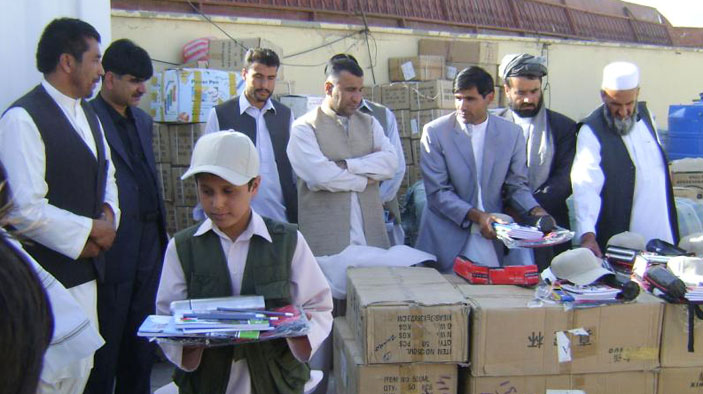Afghanistan—Local Governance and Community Development (LGCD)
Client: U.S. Agency for International Development
Duration: 2006-2011
Region: Eastern Europe and Central Asia
Country: Afghanistan
Solutions: Governance
LGCD facilitated 2,635 community projects that addressed local grievances, facilitated dialogue, and engendered trust in district and provincial leaders. LGCD’s projects, undertaken in a variety of sectors, included assessments, rehabilitation of community infrastructure, basic vocational training, training of local government officials, cash-for-work activities, and provision of agricultural inputs and equipment.
LGCD facilitated engagement between communities and government officials so that Afghans saw government as responsive to their needs and not as an external organization. By the end of LGCD, 100 percent of requests for project assistance were being routed to and through the Afghan government instead of through LGCD staff. LGCD evolved into a countrywide program, working in 23 of Afghanistan’s 34 provinces, but most of its work targeted the country’s vulnerable eastern and southern provinces. In communities where LGCD projects were implemented, many Afghans expressed that they felt a greater sense of security, hopefulness, and trust in their government officials than in communities where LGCD was not active.

Sample Activities
- Bring local government together with communities to pave the way for dialogue, cooperation, and joint program planning, implementation, and monitoring.
- Identify activities that communities raised as concerns, including the availability of food, education, irrigation, and the ability to travel safely.
- Help communities implement—and take ownership of—activities that address local grievances.
Select Results
- Confirmed through third-party measuring that LGCD activities implemented with local government administrations improved community members’ perception of local government.
- Increased a sense of stability for 42 percent of survey respondents in communities where we worked, exceeding the project’s target of 35 percent.
- Posted 150 community development advisors to 94 government institutions, trained 6,500 government officials, and helped 81 government institutions report publicly on their service delivery improvements.
- Equipped 528 government offices and 202 community organizations with basic office infrastructure and supplies in 2010–2011, including schools, provincial government offices, district centers, provincial ministry departments, community centers, associations (such as youth groups), and sports teams; provided 196 institutions with information technology and internet connections in 2008–2009.
- Launched quick-impact projects to provide tangible benefits in conflict-affected communities, completing the rehabilitation of 1,300 pieces of infrastructure, including 37 buildings, 268 kilometers of road, 436 kilometers of irrigation canals and karezes, and 86 boundary and protection walls; also prepared 25 hectares of sports fields and managed grants that extended 6 pipe schemes and 436 other pieces of infrastructure such as culverts and water dividers.
RELATED CONTENT:
Somalia—Technical Assistance Facility
The Technical Assistance Facility supported the development and implementation of a long-term strategy to build up a sustainable national system of social protection in Somalia.
Read More